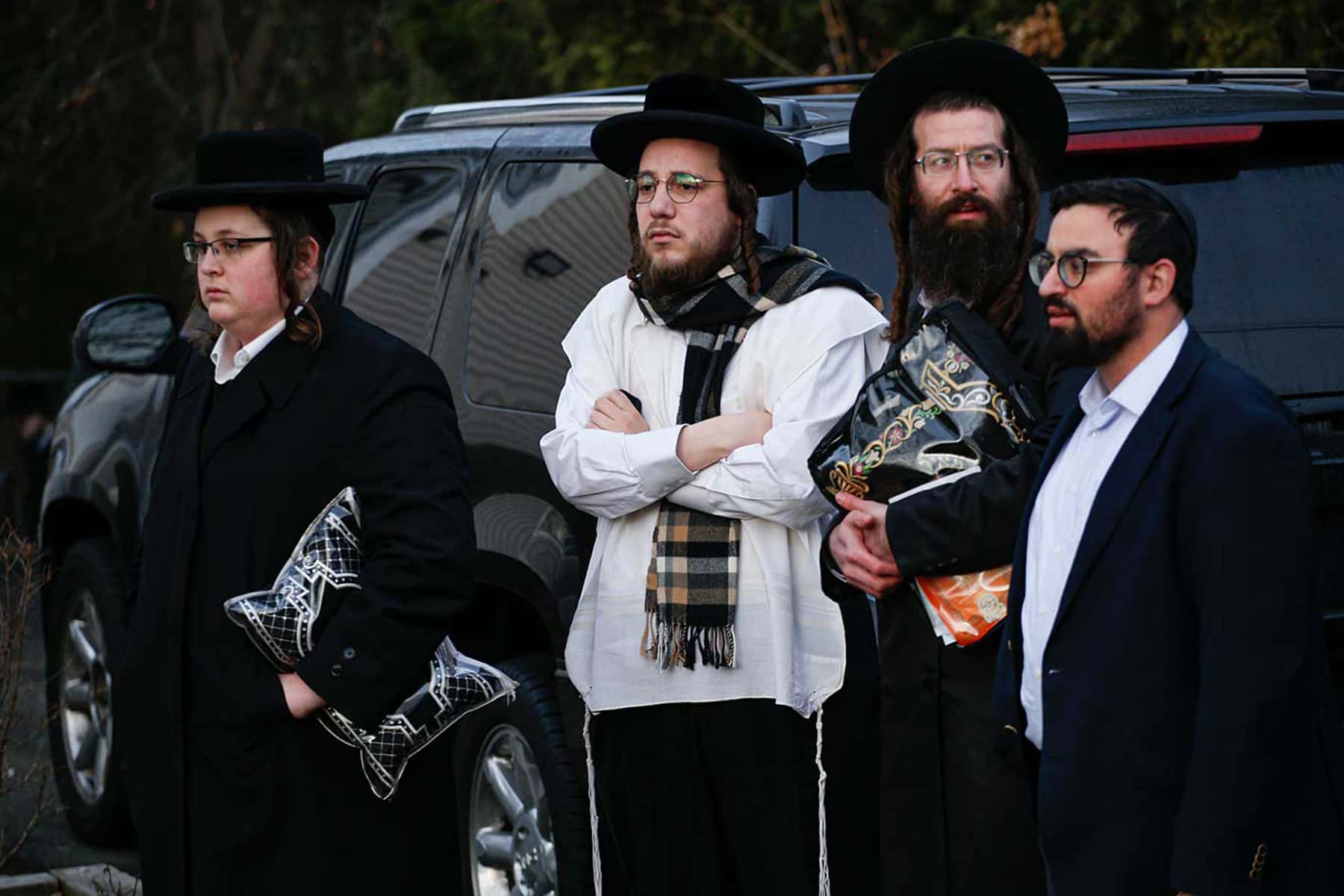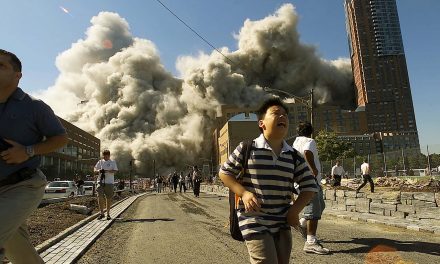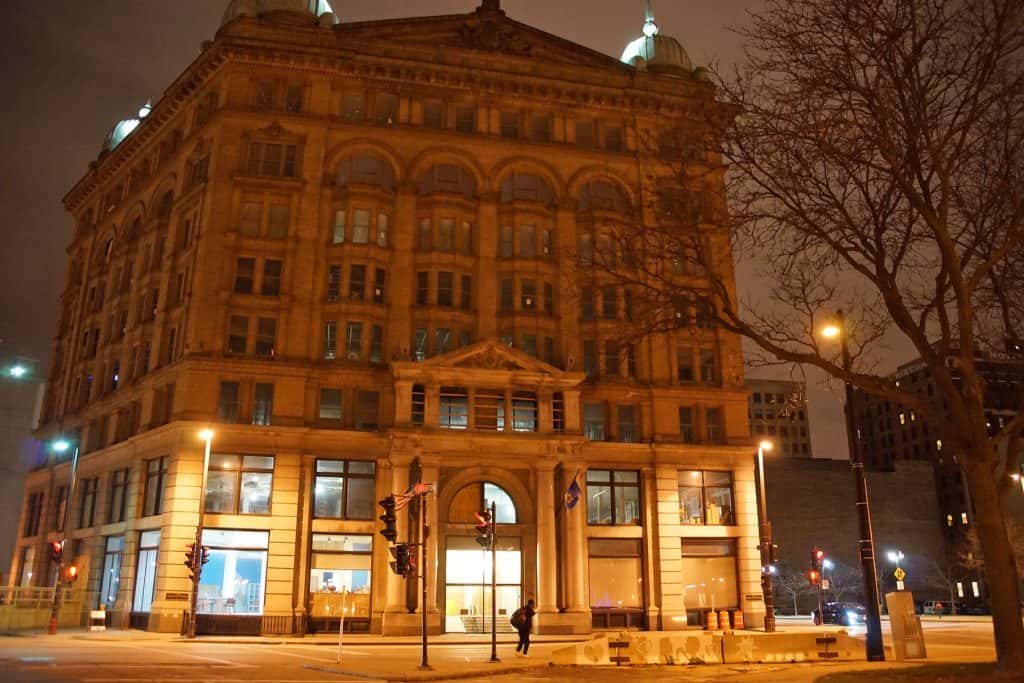
The narrative promoted by White Supremacy has historically fed animosity between Black people and Jewish people, and it remains the driving source for hate and violence in the nation.
Two recent attacks against the Jewish community in the New York City area have come at the hands of people of color, specifically Black Americans. Trained as we are to think in terms of White supremacy and White nationalism when it comes to anti-Semitism, these attacks by people of color on Jews might seem surprising. Indeed, they have left some media outlets and pundits speechless on the topic of race and anti-Semitism, unsure of what to articulate: where does this violence come from?
How do we explain such attacks by one marginalized group on another? Within Jewish communities, there can be, on the one hand, a reluctance to name what is actually occurring for fear of sounding racist or, on the other hand, a rush to create a narrative that demonizes Black people.
To comprehend these incidents and learn how to talk about them effectively and openly, however, one need look no further than White nationalism and White supremacy. Instead of groping for explanations that quickly spiral into a sort of oppression Olympics (“my people are more oppressed than your people”), look to the sources of power and privilege in society that create the narrative that all marginalized people struggle within and against.
The anti-Semitic story that White nationalists tell about Jewish people is one of financial control: Jews are the landlords. Jews are the bankers. Jews are the ones who have economic advantage. In this narrative, Jews are the ones who oppress Black people, who confine them in sub-standard housing, who charge them high rates for rent, for food, for clothes; who, in short, keep them poor and marginalized.
The Crown Heights unrest of 1991, for instance, serves as an example of the sort of violence and resentment that sometimes exists between these two communities. In the wake of the two recent attacks in New York, it is all too easy to misunderstand the real sources of tension and to ascribe the violence to a problem in “race relations” between the Black and Jewish communities. Yes, this tension exists, but we need to recognize its source: the story about Black people and Jews is manufactured and manipulated by White nationalists.
After all, whom does the story of cruel rent-grabbing Jews and victimized Black people serve? It serves the White nationalists. It pits two marginalized populations against each other, obscuring the reality that it is another group that controls the money, the rent, the power, the land, and the narrative.
Sadly, it is easier for marginalized people to take aim at each other. We are all vulnerable. But if we fight each other, we lose sight of the fact that, at least for some of the journey, we need to walk the same road towards liberation. And that road includes a struggle against our common enemy: White nationalism, White supremacy, and the false narratives these create.
If the attacks at the Kosher store and in the Rabbi’s Hanukah celebration had been perpetrated by hood-wearing Klansmen, if they had been carried out by alt-right militias, the mainstream press would have run off headlines full of vitriol about the dangers of White nationalism and the polarization of our country; the press would have fit the attacks neatly into the mainstream media narrative about the ascendency of White supremacy during the Trump presidency.
And that’s exactly where the coverage belongs.
But sadly, because the assailants in these cases – and others – were Black people, the mainstream media comes up short. The news articles, in the style of current times, often don’t mention the race of the attackers. This is a protocol that has arisen because of the historical tendency to name an individual’s race only when a Black person or a Muslim person is carrying out a role that is stereotypical, in the eyes of the dominant White culture. There are good reasons for the practice, but it also plays into a certain outdated belief about “color-blindness” that White people can train themselves not to see color and to make it not matter. Of course color matters.
Name what is happening here. That’s how we learn to talk about it. That’s how we understand how the true power of White supremacy works. Not by ignoring the races of those involved in these attacks, but by seeing how Jewish people and Black people alike are used in the stories that White nationalism propagates.
We take control of these narratives by understanding them and countering them with well-informed, compassionate narratives of our own. Look at the violence that has occurred. See it, in all its color, and then tell a story about it that is honest: it will be a story of anti-Semitism, of racism, of the terror that White supremacy engenders.
“Conservative evangelicals believe they are custodians of American civil religion, a vision of America as God’s beacon in a dark world. For generations, American history and civics classes were exercises in self-congratulation. For the past half century, however, our civil religion has been “deconstructed” by academics who see it as little more than a mask for white supremacy and the oppression of women and racial and sexual minorities. In response, aging white evangelicals have doubled down on the myth of American righteousness. Trump’s promise to make America great again dovetails perfectly with American civil religion in both its classic and expanded iterations. In defending Trump, aging white evangelicals are fighting for their identity. A civil religion designed to unify a nation now serves as a dividing line.” – Alan Bean
Alex Myers
Kеnа Bеtаncur
Originally published by YES! Magazine as White Supremacy Is the Root of Violence Against Jews














